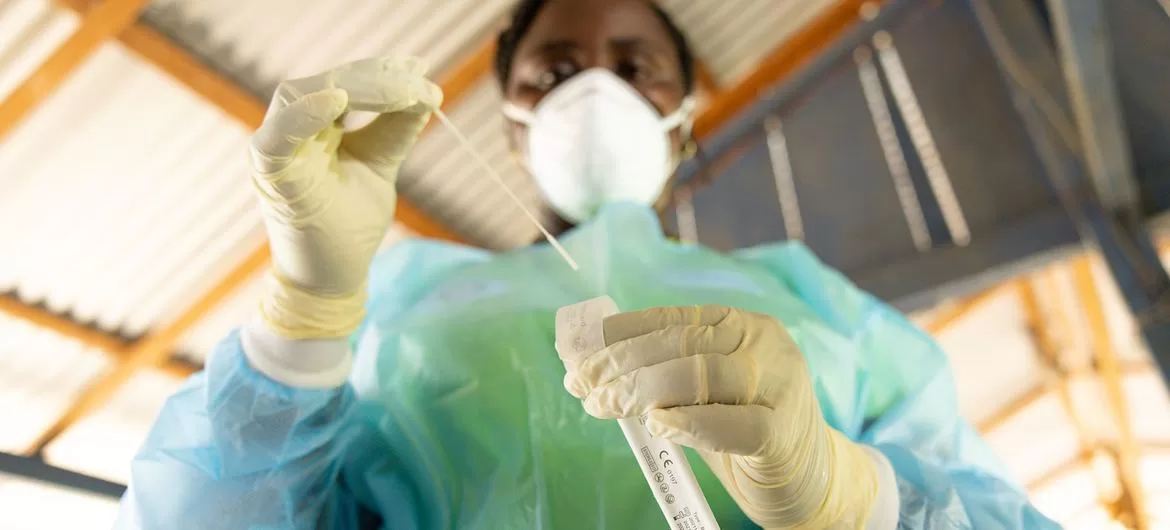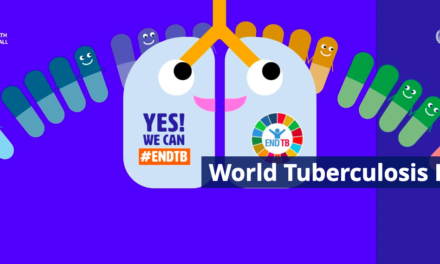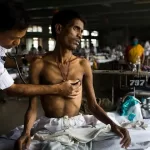In an era where health emergencies range from disease outbreaks to natural disasters and beyond, public health surveillance systems have become the unsung heroes of public safety. From monitoring social media chatter about unusual symptoms to analyzing wastewater for hidden pathogens, these systems are designed to detect threats early and stop them before they spiral out of control.
The Power of Preparedness
Health officials don’t rely on guesswork when unusual health events emerge. Instead, they use systematic approaches to collect and analyze data, enabling them to respond effectively. “Public health surveillance is foundational for figuring out what’s going on and squashing outbreaks before they escalate,” explains a public health expert specializing in infectious disease monitoring and pandemic preparedness.
Tracking Health Trends
At the heart of this effort is indicator-based surveillance, which involves collecting specific health data from hospitals and laboratories. For example, hospitals are required to report cases of certain diseases like measles or polio. This data flows from local health departments to state and national agencies, such as the Centers for Disease Control and Prevention (CDC).
Systems like the National Respiratory and Enteric Virus Surveillance System and the National Syndromic Surveillance Program monitor illnesses and symptoms, such as fevers or respiratory distress, that could signal an emerging outbreak.
Additionally, wastewater surveillance has become a powerful tool. By analyzing sewage for pathogens shed by infected individuals—often asymptomatic—health officials can detect diseases like COVID-19, influenza, and norovirus. The CDC’s National Wastewater Surveillance System has expanded to include these pathogens, providing an early warning for potential outbreaks.
Real-Time Monitoring
Beyond structured data collection, event-based surveillance tracks unstructured information, such as social media mentions of mysterious symptoms or sudden spikes in emergency room visits. Community members play a critical role by reporting unusual health events through hotlines, online forms, or direct communication with health departments.
When an anomaly is detected, public health teams leap into action. They collect and analyze medical samples from people, animals, or environments, working to identify pathogens and assess their potential impact.
Containment Through Contact Tracing
Once an outbreak is confirmed, containment efforts begin. Contact tracing becomes a critical tool, as health workers trace and notify individuals who may have been exposed to the pathogen. This process was pivotal during the early days of the COVID-19 pandemic, enabling health departments to break chains of transmission and allocate resources effectively.
Proactive Measures to Prevent Pandemics
Public health strategies aim to isolate confirmed cases, quarantine exposed individuals, and, if necessary, impose travel restrictions. Predictive models and data analysis tools help officials anticipate spread patterns and allocate resources efficiently.
While containment strategies are resource-intensive, their success depends on public cooperation. Compliance with health measures such as isolation and vaccination is key to halting disease transmission.
Looking Ahead
No one can predict the next emerging health threat, but public health systems are constantly scanning for danger. From routine monitoring to emergency responses, these systems are vital for safeguarding communities. By investing in robust surveillance and fostering public trust, health officials remain vigilant, ready to act swiftly to protect public safety.
As the saying goes, the best offense is a good defense—and public health surveillance exemplifies that philosophy in action.











